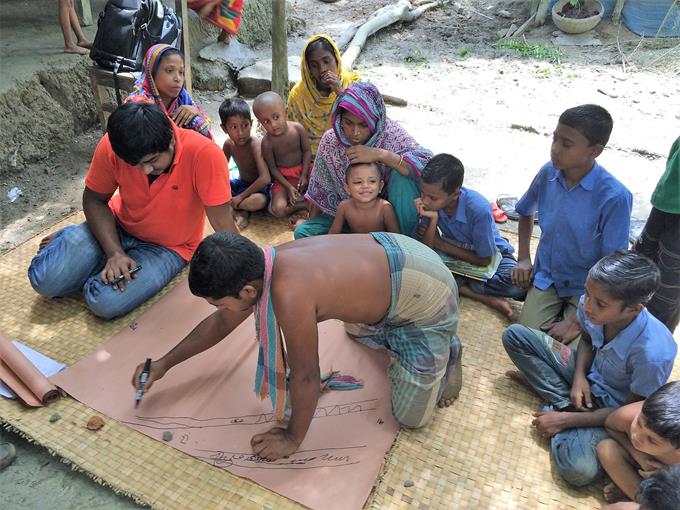Mortuary records and coroners reports
Method
Mortuary records, or death records, contain information on the cause and the circumstance of each registered death. In most cases, detail is provided on the manner of death (natural, accidental, suicidal, homicidal), the immediate cause of death (for example, heart failure), the intermediate cause of death (for example, coronary heart disease which has caused the heart failure), and any underlying causes of death (other existing medical conditions not directly related to the death). For drowning-related deaths, information describing the drowning event (time, place and location) may also be included. Data from mortuary records can be used to investigate secondary variables for which information is not directly collected for. For example, risk factors leading to drowning can be investigated by looking at where drowning deaths occur and what activities are being performed at the time of drowning. Through retrospectively reviewing records from these systems, it is possible to examine patterns of deaths caused by drowning for different population subgroups over time.
In many settings, cause of death is recorded using a standardised classification system: World Health Organisation’s International Statistical Classification of Diseases and Related Health Problems (ICD). This system provides standardised definitions and codes for numerous causes of death, making data directly comparable between facilities, regions and countries.
Deaths that occur as the result of an accident, suicide or homicide are investigated by a coroner or medical examiner. These deaths are reported to coroners by medical practitioners or police. This investigation generally includes an autopsy and results in the production of a coroner’s report, which can be used in court hearings. Access to coroner’s reports varies between countries, but reports tend to be available through various archives or organisations. Coroner’s reports can contain unique information that is not available through other data sources, such as toxicology reports, autopsy reports, hospital records, police reports, witness statements, expert reports, details on court trials with final verdicts, and prison records.
It is recommended that cause and circumstance of death are reported by a physician present at the time of death, a coroner or a medical examiner. These types of medical professionals are less likely to be accessible in low-income settings, particularly in rural community locations where many drowning deaths occur at the time of the drowning event. This can cause an underreporting of drowning in death records.
Advantages
- Population-level data is available.
- No primary data collection is required.
- In many settings, information will be available for over long periods of time.
- Many variables are included in mortuary records, making them a rich source of data.
- Coroner’s reports contain a unique range of data.
- Coroners may take a case or series of cases to inquest resulting in a more detailed outline of the circumstances and recommendations for the prevention of similar, future events.
Disadvantages
- Records or reports may be difficult to obtain; ethical and legal approvals may be required and access may cost money.
- Deaths of infants or very young children are known to be poorly recorded in low-income countries.
- Deaths that occur at home may not be registered, particularly in low-income countries.
- Death data may be missing for specific sub-groups of a population.
- There may be multiple causes of death contributing to one fatality – not all causes may be included in the mortuary record.
- A variable level of information may be available for each case, within jurisdictions or between jurisdictions/countries.
- Causes of death may not be coded in a standardised way between facilities, or between populations.
- May require statistical support for a proper analysis.
- High quality coding of death can only be performed by qualified medical professionals. These professionals are less likely to be available in low-income settings, causing the quality and/or coverage of reported death data to be low.
- The collation and updating of coronial data can be a time consuming exercise, depending upon how information is available for researchers to use.
Context
Many high-income countries have national mortality databases where detailed information is available surrounding each registered death. The vast majority of deaths in these countries are medically certified by health professionals. In low-income counties where there are significant barriers to accessing healthcare, many deaths occur in community settings and are therefore never registered or certified. This results in large underestimates in national mortality data.
Examples
Study reporting on the approaches to, and challenges associated with, examining death records from hospital settings (Global): Rampatige, Rasika, et al. "Systematic review of statistics on causes of deaths in hospitals: strengthening the evidence for policy-makers." Bulletin of the World Health Organization 92.11 (2014): 807-816.
Brief report on child deaths in private swimming pools using information from mortuary records (Australia) (PDF 174KB)
10 year analysis of unintentional fatal river drowning in Australia using coronial data (Australia)
More information
Coding and classification of causes of death in accordance with the ICD-10 coding system (PDF 1,061KB)
Step 1
Assess the situation

